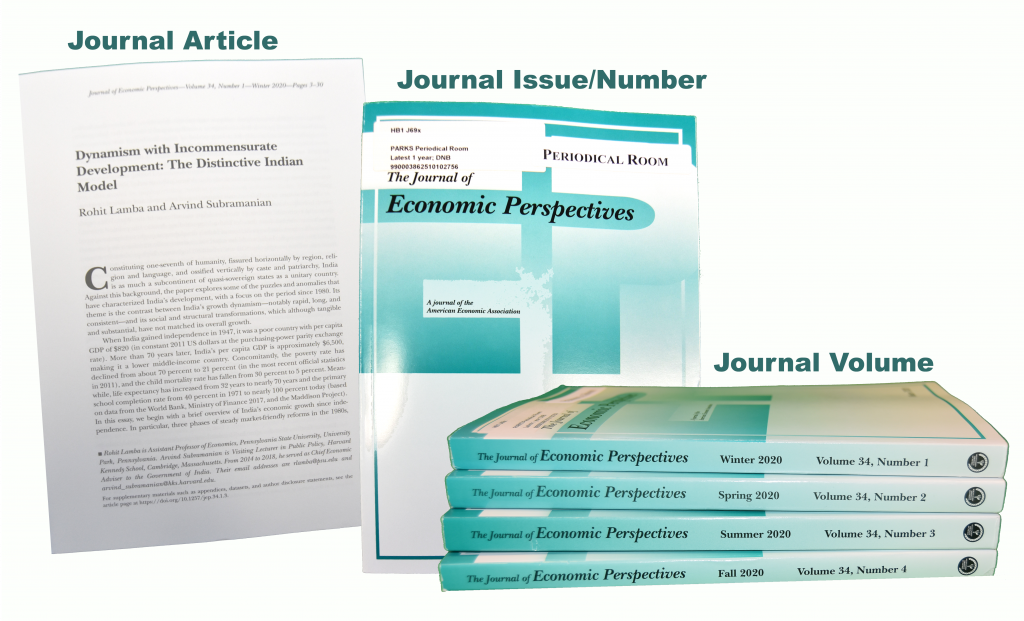Chapter 1: Getting started with research
1.4 Formats
Certain formats tend to be used for specific purposes. Because of this, many instructors will tell you exactly what types and formats to use (or avoid) for research assignments. Alternatively, they may tell you to use only peer-reviewed sources without specifying a format. Review your assignment requirements and select sources that meet those requirements. Here are some examples of formats you may encounter during your research.
Books
Books tend to be much longer and, because of this, they can go into greater depth than articles. Books are great sources for providing a “big picture” perspective of a topic with background information and rich detail.
Book chapters
In a scholarly context, book chapters are typically research papers on a certain topic or theme that were written by different authors and brought together in a single book. Often there is an editor of the book who solicits and compiles chapter submissions. Many disciplines in the humanities and social sciences rely on book chapters for communicating their research findings and learning about their peers’ work.
Newspaper and magazine articles
Newspaper and magazine articles tend to be brief and to the point. They’re intended to keep us current with events and popular topics, and rarely go in depth or provide sources for further reading. Newspaper articles are a common example of a primary source, which we’ll discuss in the next section.
Conference proceedings
Conference proceedings are the compiled presentations and papers published after a scholarly or professional organization’s conference is over. This is done so there is a lasting record of the research ideas that were shared at the event. Some academic disciplines rely heavily on scholarly conferences as a means of quickly sharing and discussing new research and creative contributions by scholars in that subject area.
Journal articles
Scholarly journal articles tend to be several pages long and focused on very specific facets of a larger topic or research project. These papers are written by subject experts and published in scholarly journals. In the course of your studies, your instructor may tell you to use “peer-reviewed journals” in a writing assignment. Most of the time, what your instructor means is that you need to use individual articles published in a peer-reviewed journal, not the entire journal and all its contents.
Articles and journals: knowing the difference
There are specific tools and search techniques that help you find articles, and others that help you find journals. For this reason, it’s important to recognize the difference between articles and journals. Journals are publications typically focused on a particular topic or professional activity. They are published on an ongoing basis at regular intervals and contain the following elements:
- Article: a single paper focused on one topic, most often the results of a single research project.
- Issue: a set of articles published together on a weekly, monthly, or quarterly basis.
- Volume: a collection of all the issues published in a single year.

The parts of a journal are easier to remember if you compare them to parts of a television show. An article in a journal focuses on a topic in the same way that a scene in a television show focuses on a plot element. A collection of articles forms an issue similar to the way scenes come together to complete an episode. Not all journal articles within the same issue will be on the exact same topic. They may just be loosely related within the same discipline. Think of a show with multiple plot lines or separate segments (e.g., Saturday Night Live sketches). A year’s worth of issues adds up to a volume in the same way episodes comprise a season. These volumes are part of a journal, like seasons are part of a series. Some have completed their run, and some are ongoing. Journals and the articles they contain are made available through indexes in a similar way to how series and episodes are made available by networks or distributors (e.g. CBS, Netflix, ESPN). You’ll learn more about indexes in Chapter 2.

